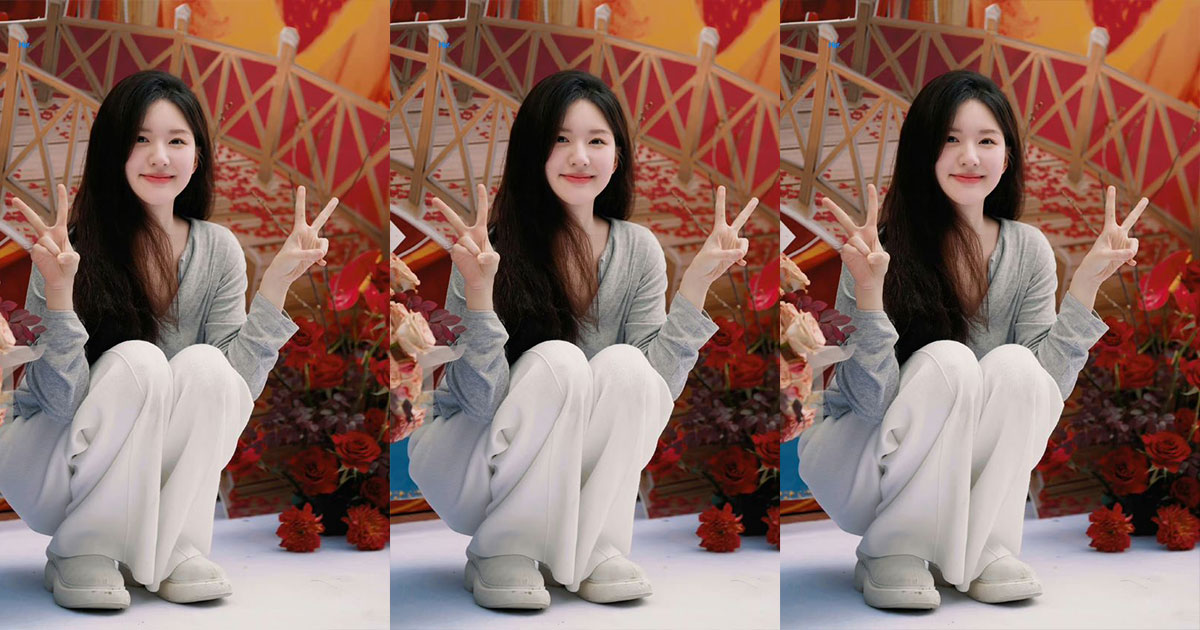Love is composed of a single soul inhabiting two bodies.
Introduction
•Open with the Quote: Start by introducing the quote and its significance.
•Example: “In the vastness of human experience, few concepts are as captivating as love. Aristotle’s quote, ‘Love is composed of a single soul inhabiting two bodies,’ paints an image of love that transcends physical boundaries—a unity so strong that two individuals share a soul.”

•Introduce the Concept: Briefly explain what the quote means and how it reflects an idealized view of love.
•Example: “This vision of love speaks to the idea of ultimate connection—a partnership where two people become so aligned emotionally, spiritually, and intellectually that they seem to function as one.”
Section 1: The Philosophical Foundation of the Quote
•Aristotle’s View of Love: Dive into Aristotle’s philosophy, focusing on his views of love and friendship.
•Example: “For Aristotle, true love (or ‘philia’) was not simply about passion or fleeting desire. It was about a deep friendship and connection based on mutual respect and shared values. In this sense, the notion of two bodies sharing one soul suggests a bond that goes far beyond physical attraction—it’s about two people growing together and complementing each other’s strengths and weaknesses.”
•Unity in Love: Explore the concept of love as a unifying force, where two people bring out the best in each other, forming a whole greater than the sum of its parts.
•Example: “When two souls unite in love, they begin to mirror one another. They share dreams, fears, and values, often to the point where their individual identities become intertwined in the most beautiful way.”
Section 2: The Emotional and Spiritual Connection
•Emotional Bonding: Discuss the emotional depth that comes with such a profound connection.
•Example: “In a relationship where love feels like a shared soul, emotional intimacy is paramount. You can sense each other’s feelings, understand unspoken thoughts, and find comfort in the mere presence of the other. It’s as though both hearts beat in harmony, synchronized in both joy and sorrow.”
•Spiritual Oneness: Explore how spiritual beliefs and shared life goals can deepen this bond.
•Example: “Love that feels like ‘one soul inhabiting two bodies’ often has a spiritual dimension. It’s not just about shared experiences, but a deeper sense of purpose—a belief that you were meant to journey through life together, fulfilling a destiny that feels predestined.”
Section 3: Balancing Individuality and Unity
•Maintaining Individuality: While the idea of one soul in two bodies sounds romantic, it’s also essential to maintain individual identities within the relationship.
•Example: “Even in the most connected relationships, it’s crucial for each person to retain their individuality. True love doesn’t mean losing yourself in the other person; it means growing and evolving together, while also allowing space for personal growth.”
•Healthy Dependence vs. Codependence: Address the balance between healthy emotional dependence and codependency.
•Example: “In a relationship where two souls are deeply connected, it’s easy to fall into a pattern of dependence. But the healthiest partnerships are those where each person supports the other without becoming completely reliant. The beauty of love is in its ability to foster both individual freedom and collective unity.”
Section 4: Real-Life Examples of Profound Love
•Famous Couples: Highlight couples from history or literature that seem to embody this idea of shared souls.
•Example: “Consider the love story of Johnny Cash and June Carter—two musicians whose lives became so entwined that they were often considered inseparable. Their love, rooted in friendship and deep respect, exemplifies the idea of two bodies sharing one soul.”
•Ordinary Couples: Share relatable, real-life examples of couples who share a deep connection, illustrating that this kind of love is not limited to grand romances but can exist in everyday life.
•Example: “Many of us have seen couples who finish each other’s sentences or seem to know what the other is thinking just by a glance. These couples live out Aristotle’s idea that love is about a deep, intrinsic connection—where two hearts truly become one.”
Section 5: Cultivating a Soul-Deep Connection
•Communication: Explain the importance of open and honest communication in building this kind of relationship.
•Example: “Communication is the foundation of any relationship, but in a love where two souls feel united, it goes beyond words. Non-verbal communication, understanding each other’s needs, and being attuned to each other’s emotions become vital.”
•Shared Goals and Values: Highlight the significance of having aligned values and goals for the future.
•Example: “Shared values are the core of this kind of love. When two people have a common vision for their future—whether it’s raising a family, building a life together, or contributing to society—their souls naturally align.”
•Embracing Vulnerability: Discuss how being vulnerable with one another fosters deeper intimacy and connection.
•Example: “Vulnerability is essential to developing a soulful connection. When we let down our defenses and allow someone to see us fully—our flaws, fears, and insecurities—we create a bond that transcends superficial attraction.”
Conclusion
•Restate the Core Idea: Summarize the concept of love as a single soul inhabiting two bodies, and what it means for those in deep, committed relationships.
•Example: “True love goes beyond the physical or emotional—it’s a deep, soulful connection that allows two people to exist as one, yet flourish individually. When we embrace this vision of love, we open ourselves to the possibility of experiencing something truly profound.”
•Inspire Reflection: Encourage readers to think about their own relationships or the kind of love they want to experience.
•Example: “In a world where relationships are often rushed and fleeting, we should all strive for a love that feels like one soul inhabiting two bodies—strong, deep, and enduring.”
Final Thoughts
This article explores love as a profound, soul-deep connection between two people. By using examples, philosophical reflections, and practical advice, you can create a compelling narrative that resonates with readers.
If you’d like, I can help add more specific examples or refine certain sections!









